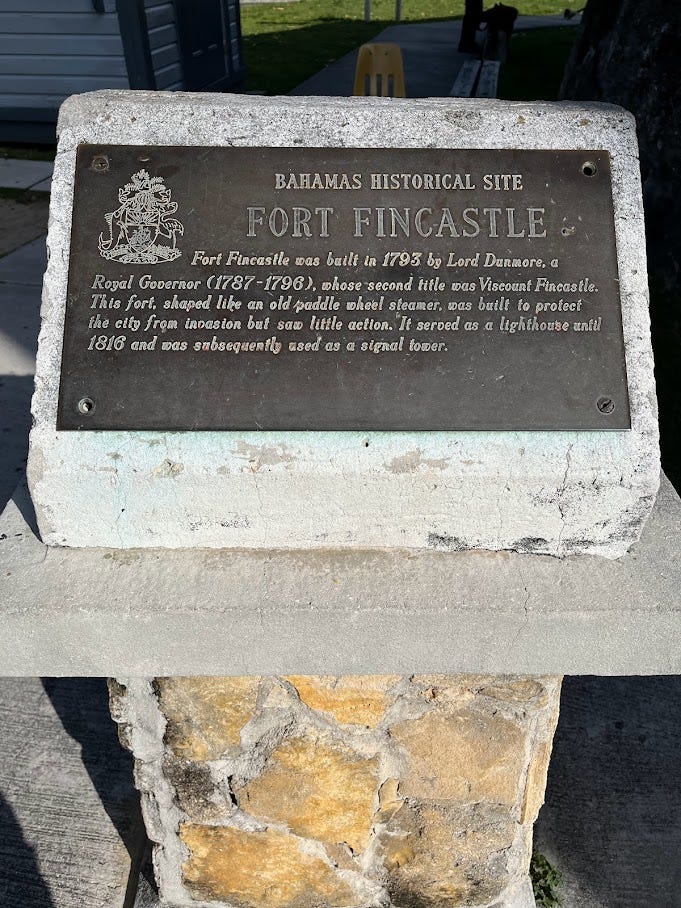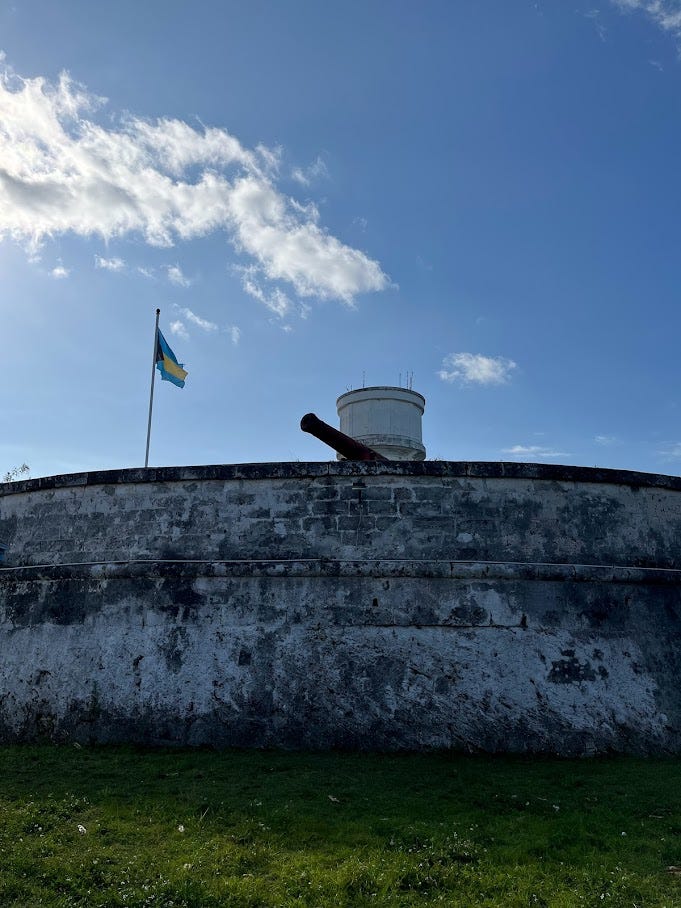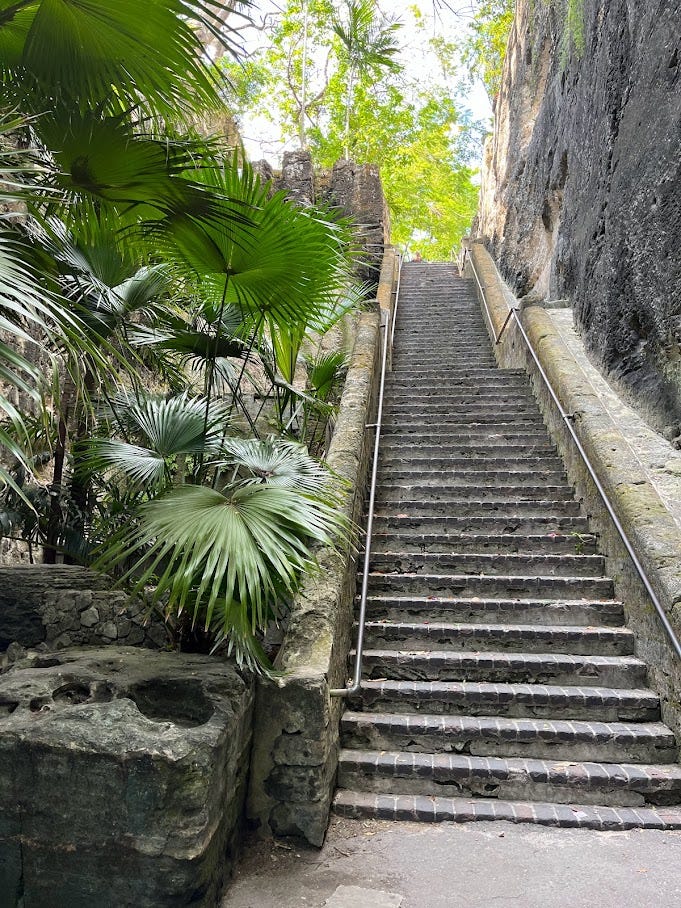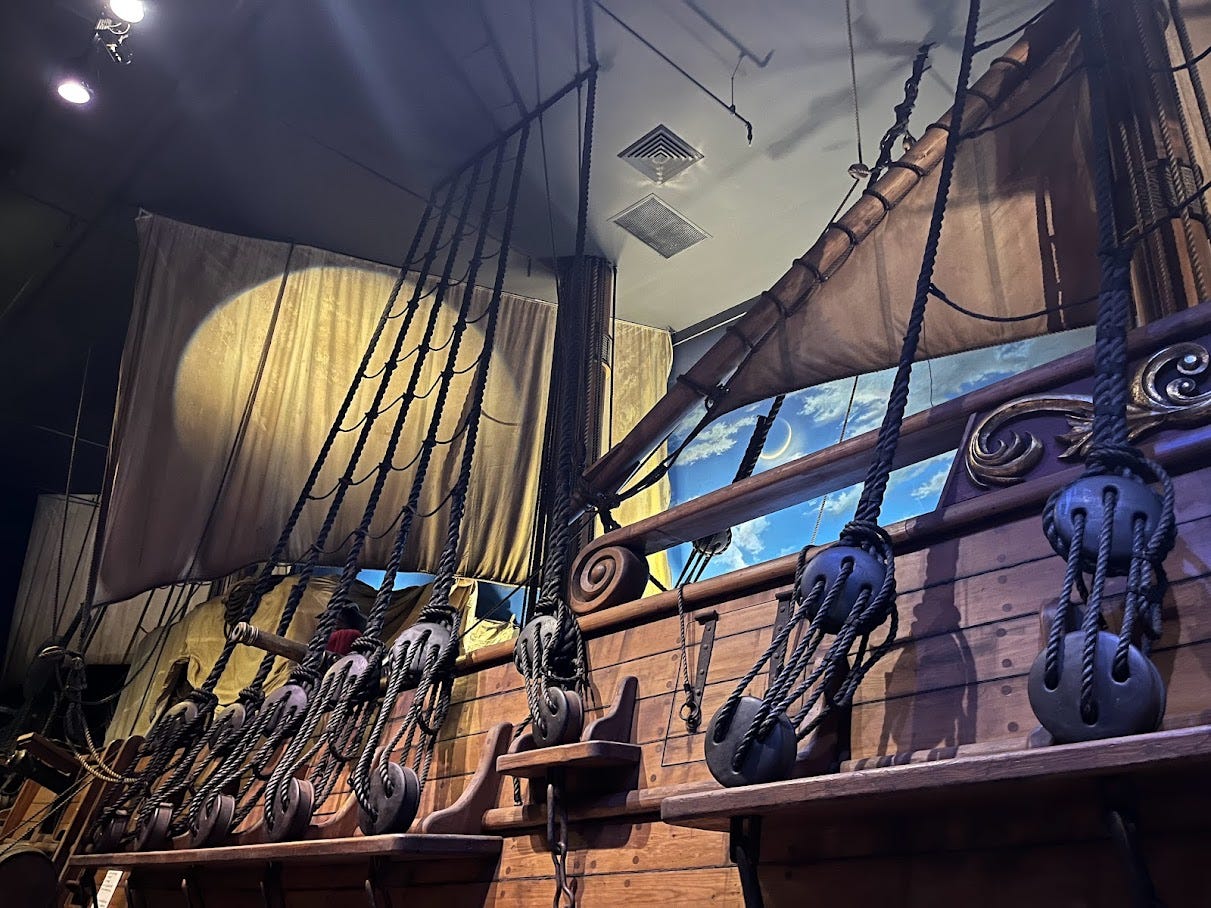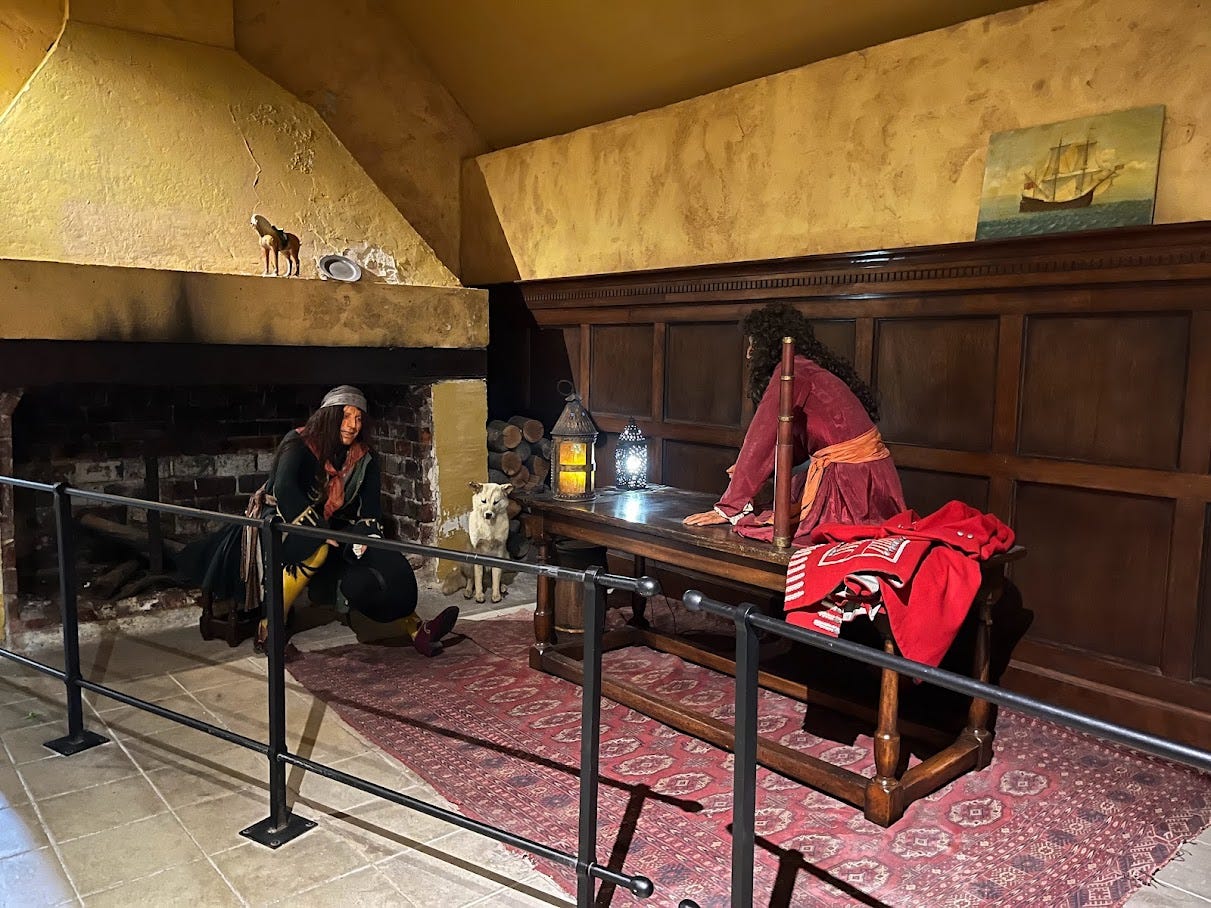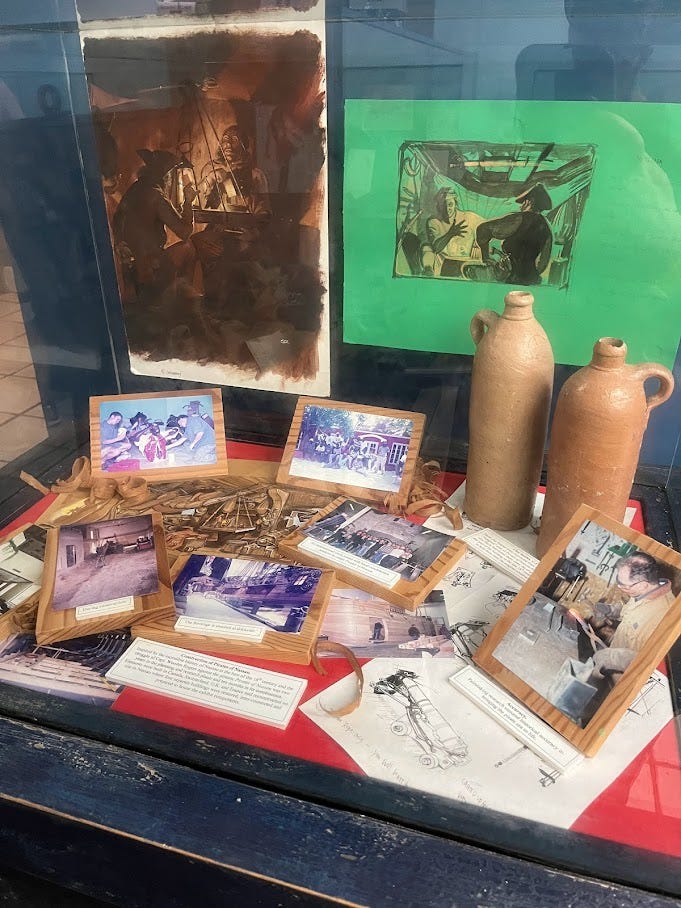Hi everyone! Welcome to Austin’s Museum Musings!
I am so excited to share with you a trio of museums and historic sites I had the chance to visit while I was in Nassau, The Bahamas last week!
First up is Fort Fincastle, which was built in 1793 on the highest point on the island of New Providence. While there wasn’t a whole lot in the way of informational signage, I read that there are often guides that will offer to tell you about the history of the fort—though there weren’t any early in the morning when I made the trek up to the fort, unfortunately. The views were stunning, however!
Speaking of the trek, adjacent to the fort is the Queen’s Staircase, hewn out of the same limestone as Fort Fincastle from 1793-1794 by slaves. This was meant to serve as a quick means of access to the fort from Nassau. At its completion, there were 66 steps, but only 65 are visible as the bottom-most step has since been paved over by asphalt. I was very thankful for the shady respite that the carved-out area provided, as well as all of the beautiful plantlife! I enjoyed the opportunity to check out a historic site like Fort Fincastle. The grounds were under refurbishment when I visited, so I hope that there will be more improvements to the overall visitor experience.
Growing up, pirates were just cool. They still are. And, as Nassau was one of the major pirate havens during the Golden Age of Piracy, how could I not visit the Pirate Museum of Nassau?
I have to say that I was absolutely blown away by how immersive this museum felt. The museum winds you along a linear path through a series of vignettes. The first was a breathtaking shanty town at night. As the sign read, “The year is 1716 and the Golden Age of Piracy is at its height. The ship ‘Revenge’ is moored alongside a Caribbean dock while her crew celebrate a successful cruise. At first light they sail for the pirate haven of Nassau.”
Taking in the massive set piece, along with the darkened room and sounds of piratical revelry and the Caribbean waters was awesome. You could consider this part of the museum the appetizer—not a lot of informational text, but more than enough in the way of setting the scene.
Next you actually enter the ship’s hold. This section is dedicated to life on board a pirate ship—diet, recreation, discipline, and even medicine. I learned about salmagundi, the favorite stew of many pirates consisting of meat, fish, eggs, vegetables, and other ingredients that could be found at the time.
The focus of the museum then shifts to Woodes Rogers, a former privateer who in 1718 was appointed to serve as the first Royal Governor of the Bahamas with the mission of driving out pirates.
Here, Rogers talks with an ex-pirate, Ben Hornigold, entrusting him with capturing pirates and bringing them to Nassau. I really liked the concept of the voice-overs as a means of conveying information, as it made Rogers and Hornigold feel more personal. I’d love to see this used in more museums. Even here, it’d be fun to have a pirate guide—some sort of character to serve as a narrator. I’d envision it like your standard audio guide or tour, but with more of a physical component.
One of the most fascinating and information-rich areas of the museum was, surprisingly, the gift shop! Not only were there collections of artifacts salvaged from shipwrecks and popular weaponry used during the time period, there was also information about the construction of the museum itself (see below).
Much like with Fort Fincastle, although I wish that there was more informative text throughout the Pirate Museum of Nassau, I can’t help but be overjoyed that it was such an immersive experience. Not only was I immersed by just being in Nassau, but the way the visual and auditory environment added to the whole experience was well-done!
Stay tuned for Part 2, in which I’ll talk about my enlightening visit to the Pompey Museum of Slavery and Emancipation!
As always, thank you so much for reading, and if you’re interested in more from me, I would love if you subscribed to receive my posts via email.
-Austin




